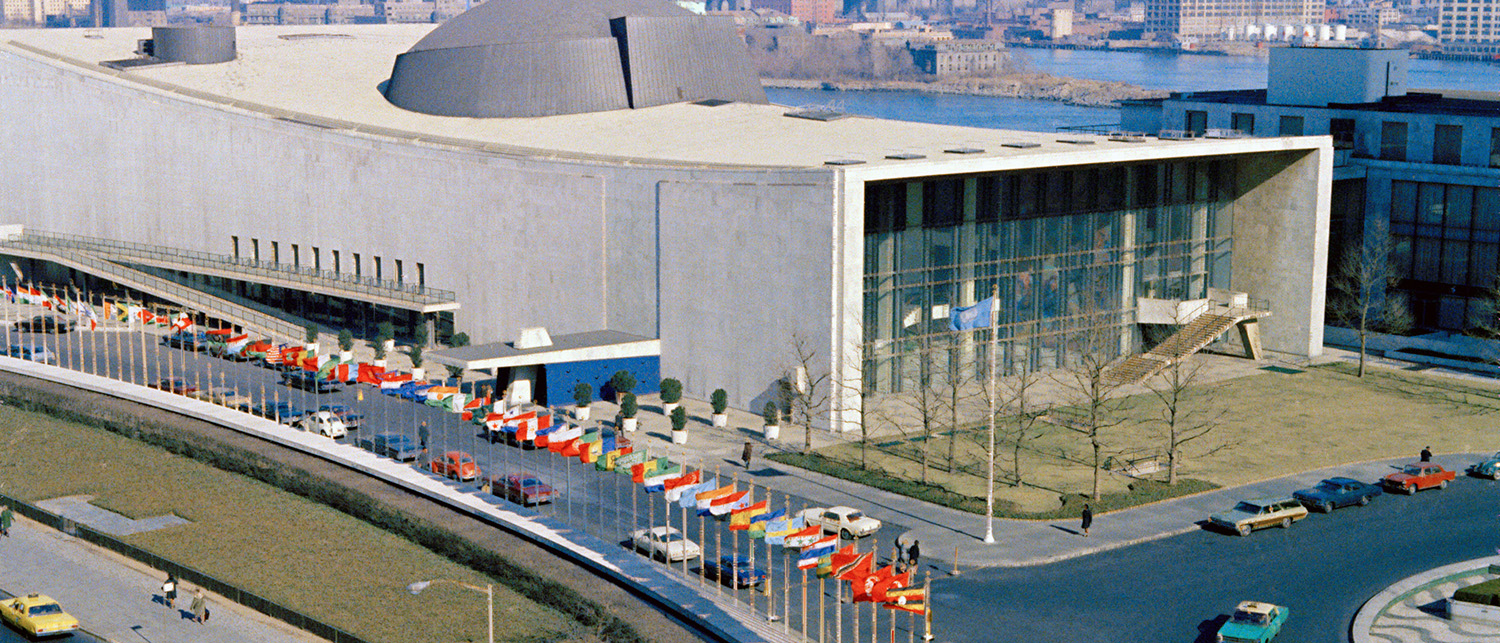
The United Nations Scientific Committee on the Effects of Atomic Radiation (UNSCEAR) was established in 1955 by Resolution 913 (X) of the General Assembly in response to widespread concerns about the effects of radiation on human health and the environment.
In accordance with its mandate given by the General Assembly, the Committee undertakes scientific evaluations of sources of ionizing radiation and of the associated exposures, effects and risks to human health and to the environment; and provides independent, objective and up-to-date scientific basis for radiation safety. The Committee regularly reports on its evaluations to the General Assembly, which are then published for use by the scientific community, national and international organizations, regulatory bodies and the general public.
Over the decades, the Scientific Committee has become the world authority on radiation science and estimation of global levels and effects of exposure to ionizing radiation. Governments and organizations throughout the world rely on the Committee's estimates as the scientific basis for evaluating radiation risk and for establishing protective measures.
The Committee does not address the benefits or economics of radiation technology, nor does it set protection policy, standards or recommendations these being within the mandate of other international bodies.